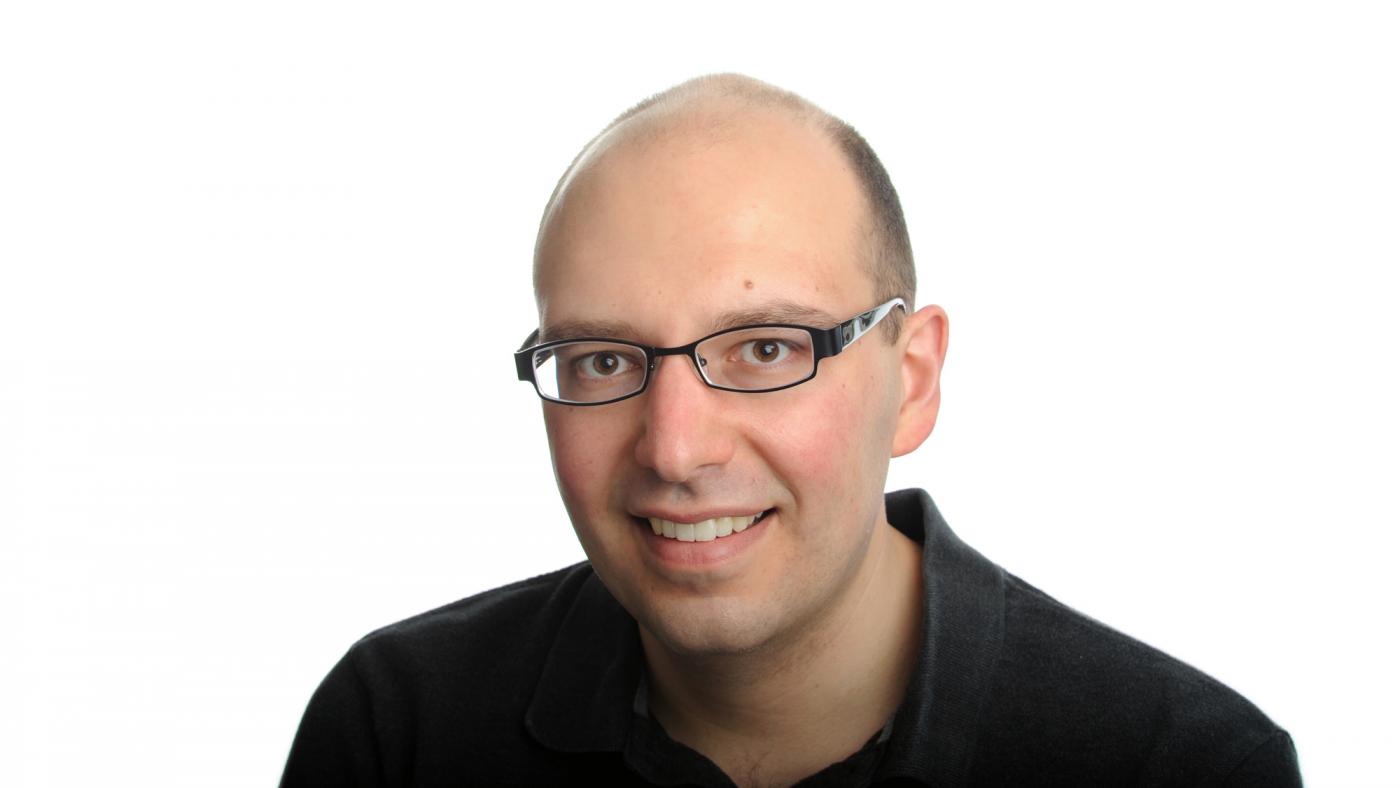Small molecules remain important tools to probe or perturb biological systems. Designing chemical reagents for modern neuroscience remains a significant challenge, however, since the brain is the most complex and least assessible organ in the body. My lab initially focused on molecular tools for neuroscience, but these efforts largely failed. Frustrated by the brain, we instead began developing reagents for cell biology with the goal of creating bright, cell-permeable dyes for single-molecule imaging. Inspired by computational experiments, we discovered that replacing the N,N-dimethylamino substituents in the classic dye tetramethylrhodamine with four-membered azetidine rings greatly improved brightness and photostability. The novel substitution is generalizable to fluorophores from different structural classes and enables fine-tuning of the dyes’ spectral and chemical properties. This effort yielded a palette of fluorophores useful in live-cell imaging experiments and we have since turned our focus back to the brain, learning that these dyes can also be delivered to neurons in vivo. This allows the construction of hybrid small-molecule:protein sensors with substantially higher brightness and photon yields, facilitating new functional imaging experiments to measure changes in voltage or [Ca2+].
About Luke Davis
Luke D. Lavis was born and raised in the Applegate Valley area outside Jacksonville, Oregon. He received his BS in Chemistry at Oregon State University in 2000, where he performed undergraduate research in synthetic organic chemistry with James D. White. Uncertain about whether to pursue a research career or go to medical school, he took a four-year haitus and worked in the biotechnology industry, first at Molecular Probes in Eugene Oregon (now a part of Thermo Fisher) and later at Molecular Devices in Sunnyvale, California. Luke then entered graduate school at the University of Wisconsin–Madison and worked with Ronald T. Raines to develop strategies to trace the path of anticancer proteins in living cells. He received his PhD in Organic Chemistry in 2008. Circumventing a traditional postdoc, Dr. Lavis started his independent career as a Group Leader at the Howard Hughes Medical Institute’s Janelia Research Campus and was promoted to Senior Group Leader and Head of Molecular Tools and Imaging in 2017. At Janelia, Dr. Lavis works at the interface of chemistry and biology, developing labels for single-molecule imaging, strategies for targeted molecular delivery, and probes to measure cellular activity in intact brain tissue. His efforts to modernize dye chemistry have resulted in the development of the Janelia Fluor® dyes, which are being used in labs around the world for sophisticated imaging applications in increasingly complex biological samples.
This lecture is part of the Breakthroughs in Neuroscience Lecture series. Breakthroughs in Neuroscience is a new lecture series at the Mortimer B. Zuckerman Mind Brain Behavior Institute that will feature notable researchers who have made important and transformative discoveries in neuroscience and related fields.
This lecture will be held in the Jerome L. Greene Science Center (9th floor lecture hall) on Columbia's Manhattanville campus.
For more information, please contact Margarett Silva.
